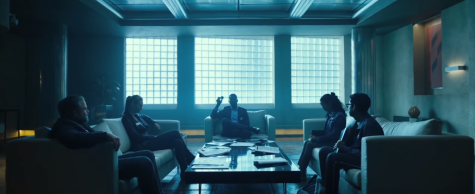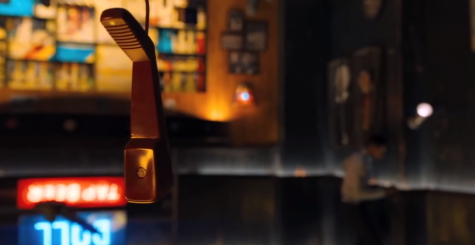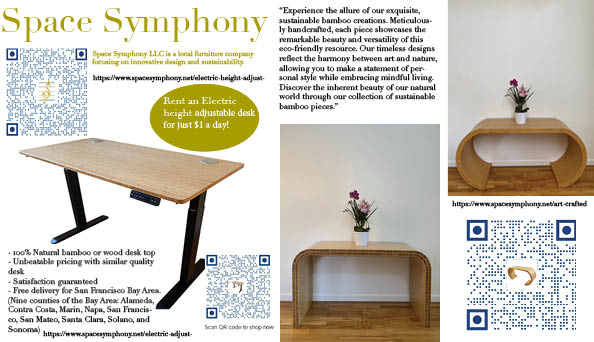‘Escape Room’: Beautiful but cliched
January 7, 2019

For a movie about the world’s most immersive escape rooms, we find ourselves not very immersed in the world of “Escape Room,” the first horror movie of 2019, released on Jan. 4. While the movie boasts exceptional set design and cinematography, the characters are shallow and stereotypical, and the plot is riddled with holes.
Six individuals are invited to enter the Minos Escape Rooms, where they must quickly find clues and solve puzzles in a series of escape rooms in order to stay alive.
“Some of the clues are maybe a little easier … others hopefully keep them [the audience] guessing and trying to figure it out and looking around the room,” director Adam Robitel said in the entertainment site Collider’s horror podcast. “That’s what you want, you want an audience to be actively engaged in the movie versus a passive experience.”
Despite Robitel’s words, it was not very easy for viewers to actively solve the puzzles. Essential clues are often small and completely hidden from the viewer until a character finds them. Several of the puzzles are tailored to the personal traits of the six characters, which allows the characters to solve the puzzles much faster than viewers attempting to look for clues. However, the puzzles themselves do not seem especially intricate to viewers, as the movie trades the complexity of each escape room puzzle for a suspenseful time limit imposed by the lethal components of each room.
“It’s a movie about puzzles,” Robitel said in the podcast. “The characters need to be a puzzle.”
Robitel again fails to deliver; while the movie does build backstories for each character, they are vanilla. The six main characters fill cliched archetypes: Zoey (Taylor Russell), a shy yet extremely smart nerd; Danny (Nik Dodani), an escape room geek; Jason (Jay Ellis), a curt businessman; Mike (Tyler Labine), a truck driver; Ben (Logan Miller), an alcoholic and smoker; and Amanda (Deborah Ann Woll), a veteran suffering from PTSD.
Though their backgrounds are diverse, most of the character development is either achingly predictable or utterly unrealistic. Jason’s willingness to resort to violence to ensure his own survival was not a surprise due to his egocentric mindset established early in the movie. On the opposite side of the spectrum, Zoey undergoes a transformation from a quiet bystander to a daring, fierce warrior.
A few characters completely lack personality and nuance, and are merely faces in the back of the viewers’ mind. Mike is a follower, a decent guy who says a grand total of one memorable line. Danny is a comedic punching bag whose role seems to be nothing more than explaining the basic rules of escape rooms (although we’re not sure why one would walk into an escape room without first asking the rules). An escape room expert in this plot could have high potential for creating intriguing plot points, but the movie instead uses Danny for witless “nerds are virgins” jokes.
The most distinctly complex character is Amanda; while her screen time is relatively short, her strength and confidence easily set her apart from the others. While the movie clings to overdone nerdy stereotypes with Zoe and Danny, Amanda’s kindness and physical strength make her unique and somewhat empowering.

Perhaps the most redeeming aspect of the movie is the integration of set design and expert cinematography — the camera work and scene transitions in particular — coordinated by production designer Edward Thomas and cinematographer Marc Spicer. In the beginning, characters are introduced with lovely close-up shots of close-by objects, such as food cans at Ben’s grocery store and a Newton’s Cradle on Jason’s desk. The backgrounds of the objects are pleasantly blurred, with a conservative use of bokeh (blurred circles of light) that adds to the visual appeal. In the first room, a character picks up a snow globe, and the reflection of the burning coils of the oven behind the character is crisp, a small detail that enhances the visual experience and reminds the viewer of the threat at hand. The three shots of the falling red telephone in the fourth room is a startling yet beautiful way to establish the premise of the fourth escape room. In the same room, the camera sweeps over the room several times, rotating the frame upside-down, almost flying through the space, heightening tension and adding to the viewer’s sense of suspense.
“Escape Room” is a beautiful experience, but that’s about all. It stars overused character tropes with an unclear jumble of overused messages about survival and human nature.





charlotte • Feb 25, 2020 at 3:23 am
The best escape room experience, 60-min adventures that intrigue all ages. You can play an Escape Room with your friends and family. Thank you for the post, I was searching for this data.
Jack Buck • Feb 13, 2020 at 9:33 pm
Hello.This post was extremely interesting, particularly because I was looking for thoughts on this topic last Thursday.
Jack Buck • Jan 21, 2020 at 2:18 am
I am not sure where you are getting your info, but great topic. I needs to spend some time learning more or understanding more. Thanks for excellent information I was looking for this information for my mission